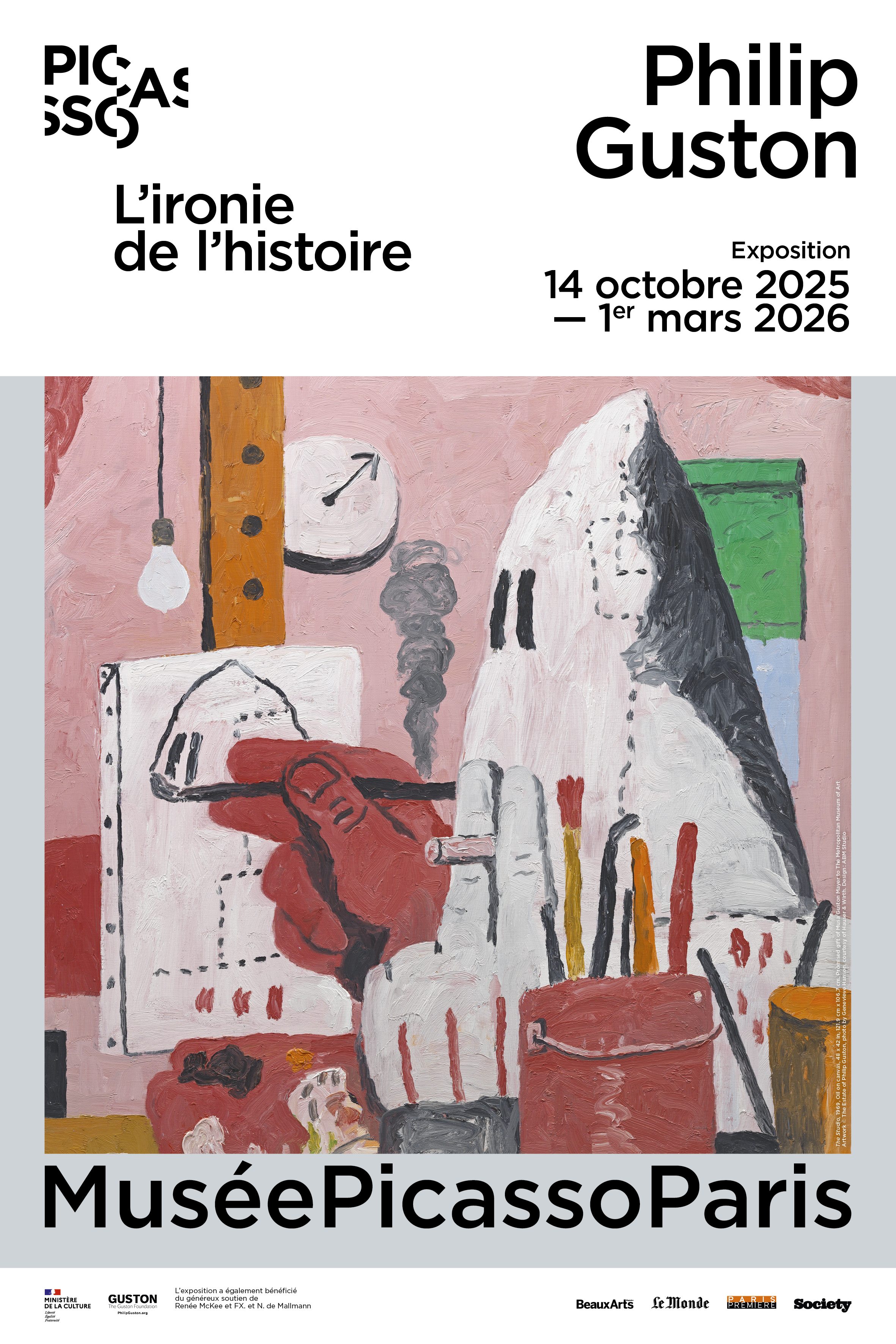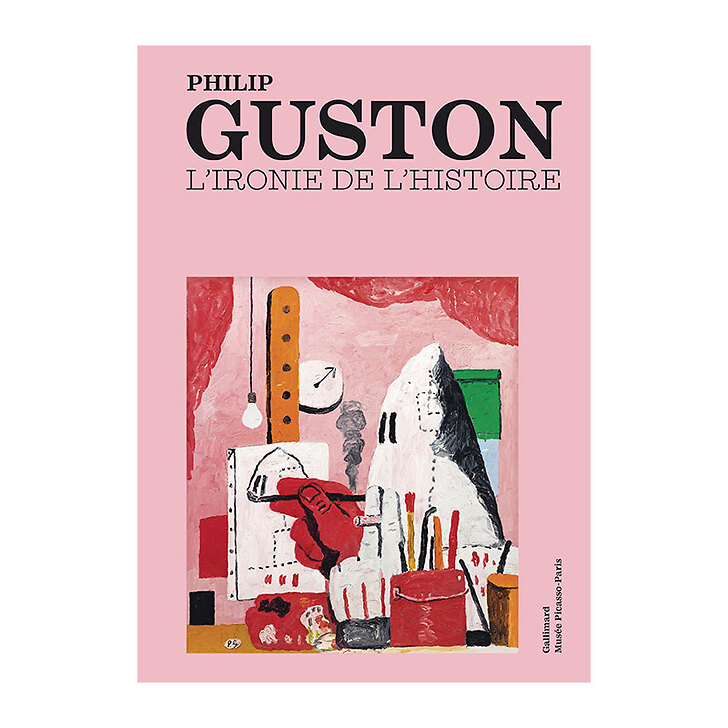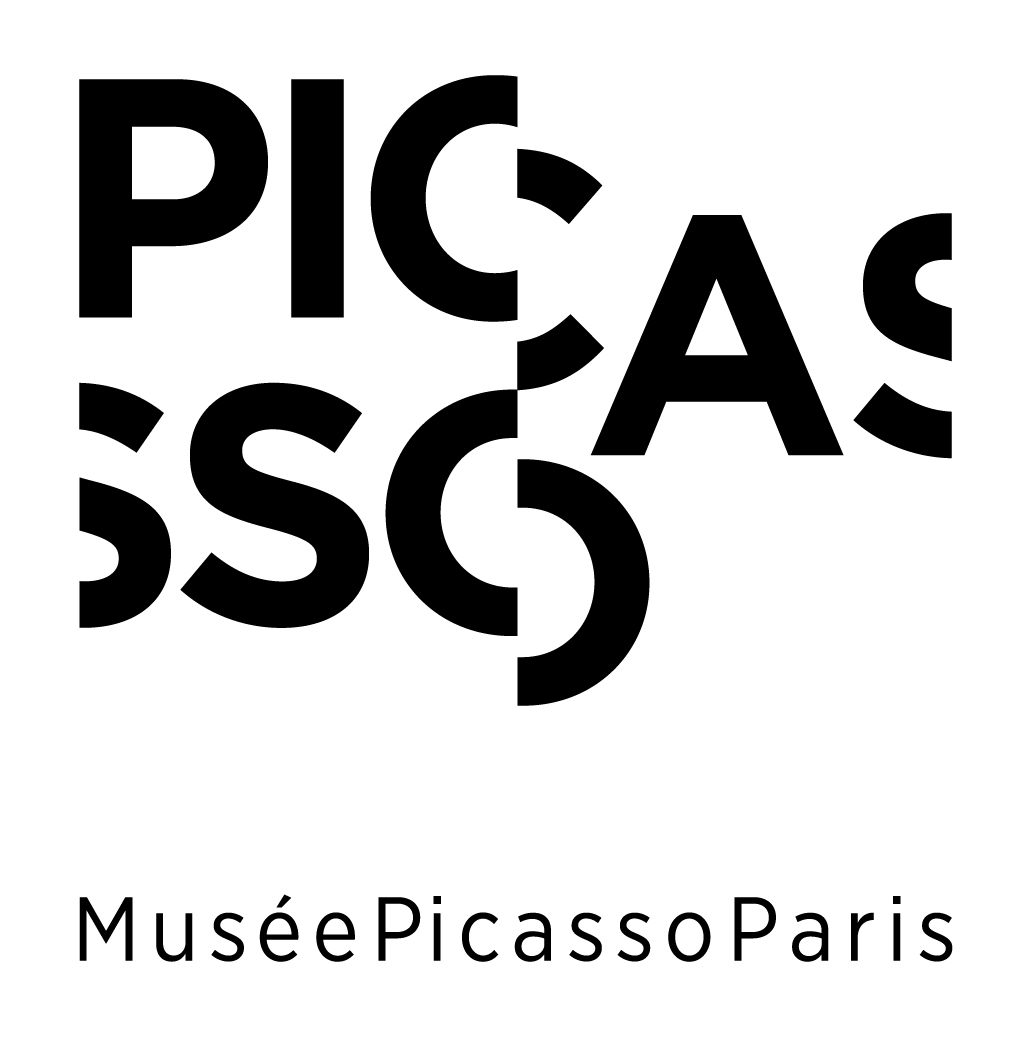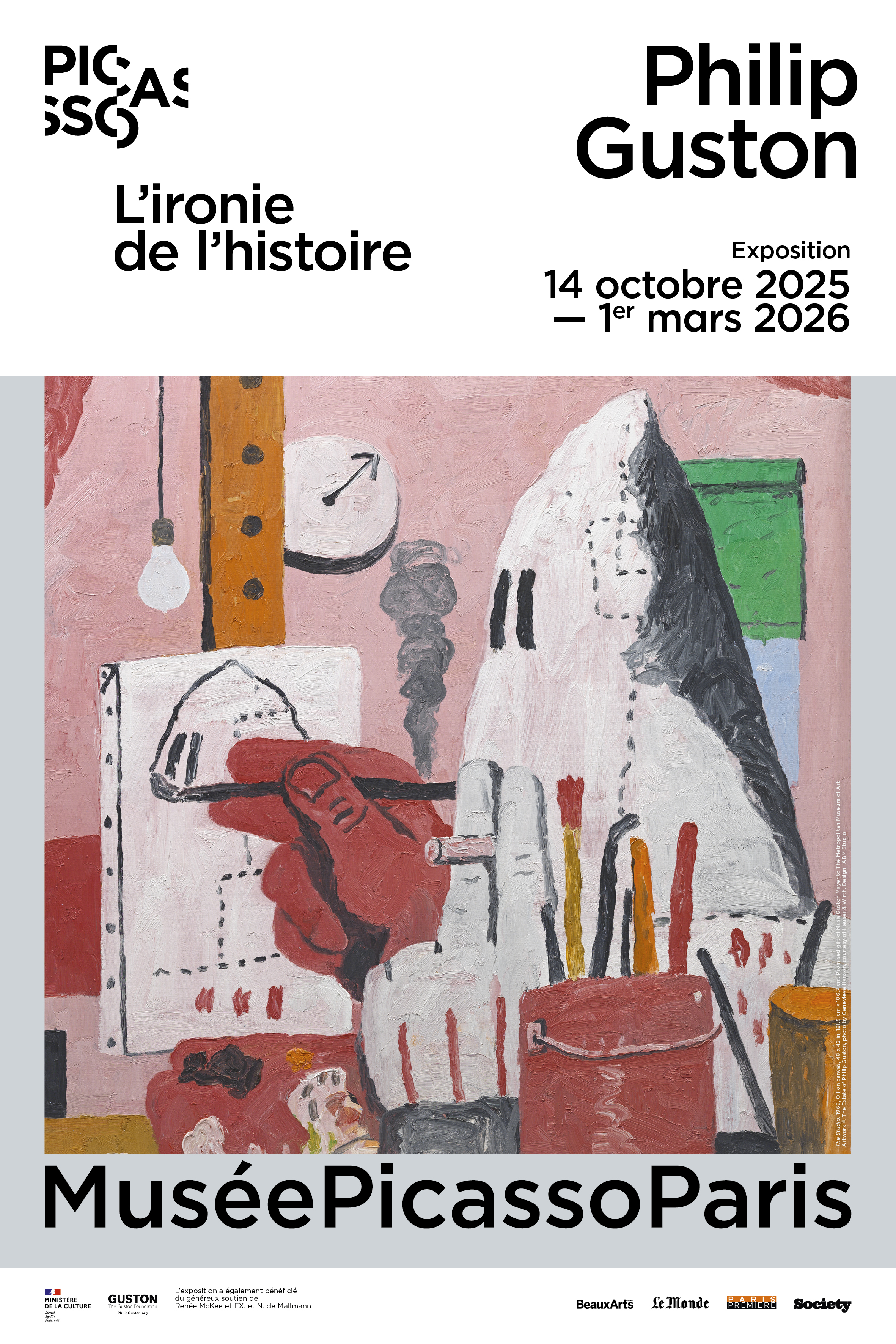Regular ticket : 16 euros
Discount ticket : 12 euros
Family fare : Reduced fare for one or two adults with a child
Free for members
About the exhibition

From October 14, 2025, to March 1st, 2026, the Musée national Picasso-Paris will present an exhibition dedicated to the work of Philip Guston on the ground floor and basement of the hôtel Salé. Conceived around Guston's drawings inspired by Philip Roth's book Our Gang, the exhibition will highlight the links between Guston's painting and the satirical, caricatural verve of his drawings inspired by President Nixon and his administration.
In the early 1920s, Philip Guston was expelled from art school in Los Angeles for producing satirical images of the teaching staff. Art would always be a tool for him in his fight against authority figures. His early works, which depicted the abuses committed by members of the KKK, were vandalized by hooded men during a public exhibition.
At the end of the 1960s, after being one of the leading figures of the New York School, the first American abstract avant-garde movement, he caused a scandal by returning to figurative art inspired by comic books.
In 1969, Philip Roth, a writer who had broken with the New York literary scene, moved into a house a few doors down from Guston's studio. The writer had just begun work on a satirical novel featuring President Nixon and his entourage (Our Gang). Guston produced more than 80 drawings that echoed Roth's text. Their style and iconography were inspired by Picasso's 1937 illustrations for Songes et mensonges de Franco, the political causticity of George Grosz's drawings for Americana magazine in the 1930s, and the biting humor of George Harriman's cartoons, which he admired in American newspapers.
From the “Nixon Drawings” series to the artist's final paintings, the exhibition at the Picasso Museum will highlight the porosity skillfully maintained by Guston between the grotesque and caricatural verve of his drawings and the expressive power of his painting. A transfer of energy takes place, fueled by a dark humor that gives his work a caustic depth, making him a kind of painting equivalent to Kafka or Gogol.
The Philip Guston Foundation and the artist's daughter, Musa Mayer, are generously supporting the exhibition and entrusting the museum with the entire series of Nixon drawings as well as a number of previously unseen works.
The exhibition also benefited from the generous support of Renée McKee and F. X. et N. de Mallmann.
CURATION OF THE EXHIBITION
Didier Ottinger, Conservateur Général du Patrimoine.
Joanne Snrech, Conservatrice du patrimoine, Musée national Picasso Paris
Autour de l'exposition


- Exposition au Musée national Picasso-Paris du 14 octobre 2025 au 1er mars 2026.
- Éditions Gallimard


